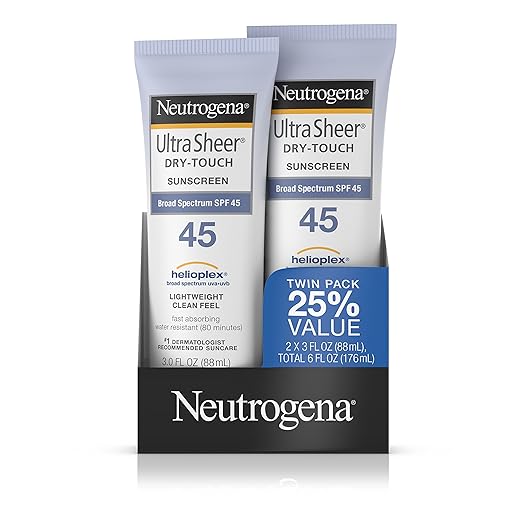1. My body thinks it is about 11:30am and yet my watch says 11:30pm. Why? I shifted my sleep time by 30 minutes each day over the past 20 days. Before that shift, I went to bed every night at about 9pm and woke up at 5am. Tonight, I go to sleep at 7am (tomorrow) and wake up at about 3pm. Given the fact that I have a meeting at 3pm tomorrow, I intend to get up a little earlier but not by much. Why shift time zones now? I often battle sinus infections when jet lagged. Anticipating this stress, I decided to behave a bit proactively and ward off the stress by slowly shifting the jet lag away. Now, I am a vampire.
2. Working out is done! I am resting. No sense trying to squeeze in any last-second workouts to just tire me out. I am in full blown recovery mode. I don't rest very well. The energy I typically burn up by training has no outlet. Instead, I am getting work done. My late nights get consumed with work-related tasks and expedition planning/preparations.
3. Packing is done! Yes, more stuff that is done.
Not much more to say other than I do not need to worry about any gear. All is packed and ready for my flight.
4. Sleeping at sea level. What a concept. Boy does it feel good to get out of the hypoxic tent. Don't get me wrong, I love sleeping in my tent but after a few months, getting a break feels so good. I logged over 40 days at or above 20,000 feet (6100m) and I suspect my blood is chock-full-o red blood cells. All of that sleeping at altitude prepared me well for the harsh demands ahead. There is not much benefit of pushing the envelope any further. Best to get a few really good nights of sleep before I fly. Oh, speaking of flying, I will sleep on the plane; I can sleep anywhere in any position.
5. My friend interviewed me for his podcast. If you have the time (an hour), be sure to listen to my conversation (iTunes link - sorry fellow Android people) with Scott Sehon about swimming and climbing. Scott is a great guy and a great friend. He is no slouch himself. He ran across the US. No kidding. I have some great friends. Listen to our discussion.
Thoughts before I depart:
I leave this year with a full heart and climb for many friends. My climbing friends (Sam, Alex, and John) who cannot accompany me this year will be with me every step. All of you who support me and have supported me over the past few years are with me.
 |
| Left to Right: Sam, Alex, me (with gum as usual) |
 |
| My friend John - never ages...ever |
I look forward to climbing with my good friend Brendan. He plans to keep his own blog (written partly in Chinese and perhaps even some Japanese - show off!). Together, we will update you all on our adventure. Brendan has real skills with his camera(s); I simply point and shoot. We make a great team. Speaking of team....here we are:
 |
| Brendan: Post-climb celebration in Talkeetna, AK - after Denali |
 |
| The ol' fat me. Looking scary. NOTE: picture taken 6 months ago |
See what happens after not sleeping? I get crazy with the pictures. I'd say we make a great pair...
I intend to post once more to my blog before I take off on Thursday morning. Expect some instructions on how to follow us while we climb. Thanks for reading along...




















